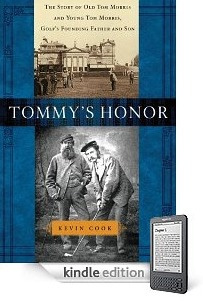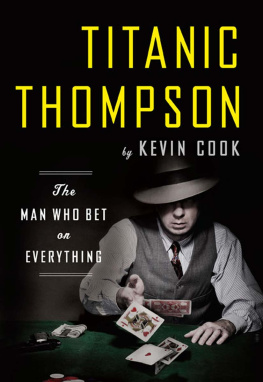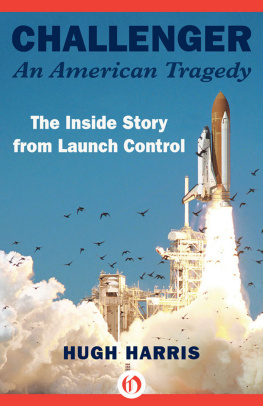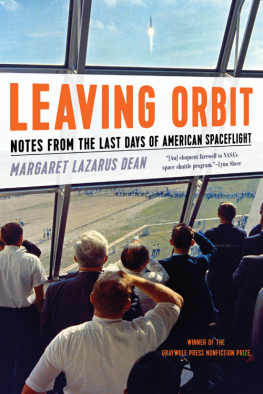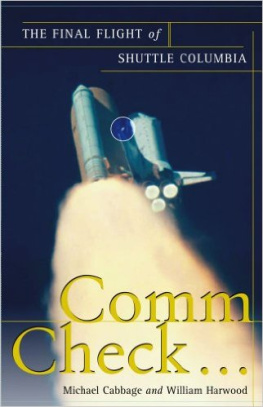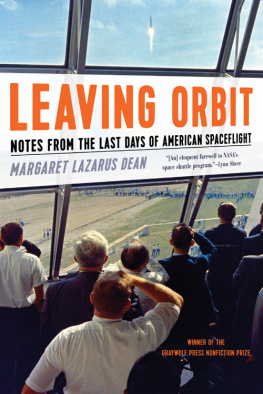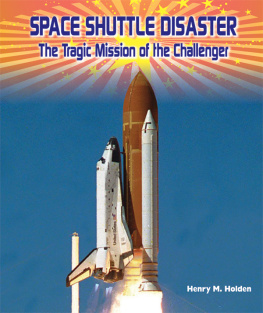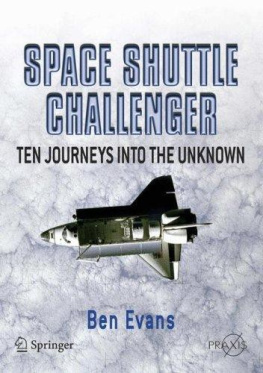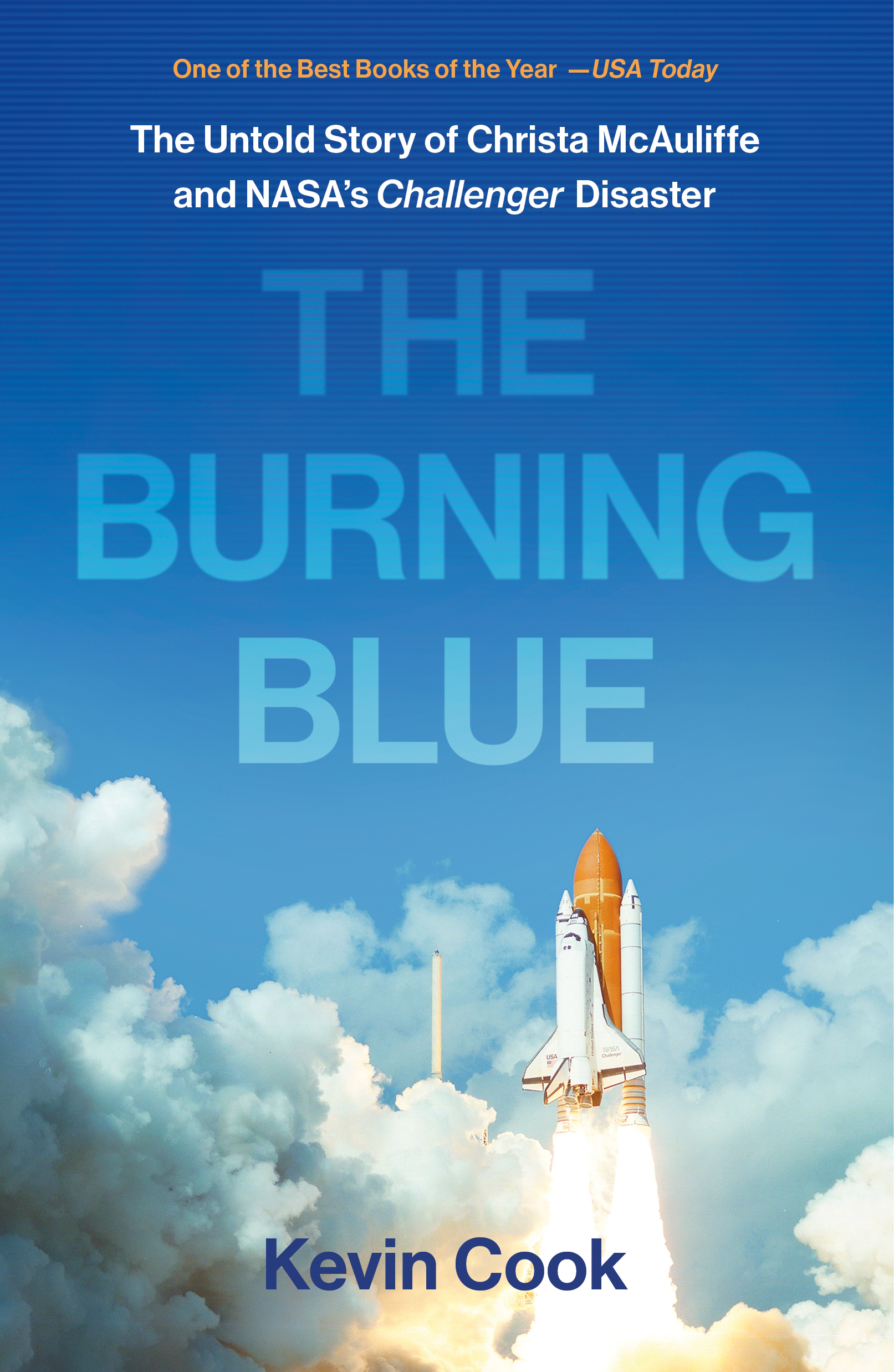Contents
Guide
Pagebreaks of the print version

The author and publisher have provided this e-book to you for your personal use only. You may not make this e-book publicly available in any way. Copyright infringement is against the law. If you believe the copy of this e-book you are reading infringes on the authors copyright, please notify the publisher at: us.macmillanusa.com/piracy.
To the memory of Dick Scobee, Michael Smith, Ellison Onizuka, Judith Resnik, Ronald McNair, Gregory Jarvis, and Christa McAuliffe
Up, up the long, delirious, burning blue
Ive topped the wind-swept heights with easy grace
Where never lark nor ever eagle flew
And, while with silent lifting mind Ive trod
The high untrespassed sanctity of space,
Put out my hand, and touched the face of God.
from the poem High Flight, by John Gillespie Magee
They were all on edge. Theyd spent the day before the same way, strapped to their seats in launch position for five hours, lying on their backs looking up at their knees. After thatthe third scrub in three daysa friend asked Christa McAuliffe how it felt to be cooped up for so long.
Put on a motorcycle helmet, she said. Lie on the floor with your legs up on a bed. You cant read, you cant watch television. Youre strapped down, with oxygen lines and wires coming out of your suit. Lie there for five hours and youll know how it feels.
Todays delay was an hour and counting. Overnight, record-setting cold had frosted crops in the orange groves and strawberry fields near Cape Canaveral. Now, on the coldest morning in twenty years, the crew of the space shuttle Challenger waited while NASA workers used broomsticks to knock icicles off the shuttle.
It was chilly on the flight deckChallengers cockpit. Mission specialist Ellison Onizuka said his nose was frozen. Mission specialist Judith Resnik claimed she had it worse: My butt is dead. Below them, on the windowless middeck, payload specialist McAuliffe dozed through the latest delay. Then the radio crackled. This is NASA tower. We are planning to come out of this hold on timethe best possible news. Commander Dick Scobee radioed back: Roger. Thats great.
Six flight-deck windows gave Scobee a panoramic view of cold blue sky. Well, yall on the middeck, he said, sounding like an airline pilot, its clear blue out today.
Mike Smith, sitting in the pilots seat to Scobees right, flicked switches that activated the ships auxiliary power units. APUs coming on, he said.
Scobee checked his instrument panel. Pressure on all three APUs. Next, he confirmed that each crew member was sealing his or her flight helmet. Visors coming down. At T minus two minutes, he thumbed the intercom to Smith, Resnik, Onizuka, McAuliffe, mission specialist Ron McNair, and payload specialist Greg Jarvis. Welcome to space, guys, he said.
At T minus 1:47, a robot arm pulled back the hood of the rust-colored fuel tank that dwarfed the shuttle clamped to its back. There goes the beanie cap, Scobee said.
Doesnt it go the other way? Onizuka asked. He was joking.
God, I hope not thirty seconds.
At T minus sixteen seconds, water cannons sprayed three hundred thousand gallons of water into the trench below the stackthe 184-foot-tall contraption made up of the shuttle, its giant fuel tank, and a pair of rocket boosters. The water would muffle the thunder of launch, keeping sound waves coming off the engines from pounding upward through the stacks fiery exhaust and damaging the shuttle.
At T minus ten, loudspeakers at the launchpad and the bleachers at Kennedy Space Center, three miles away, carried the countdown. Nine, eight At T minus six, the crew felt the cabin shake as the first of the shuttles three onboard engines came to life, followed by two more booms from the second and third. The engines thrust made the towering stack sway sideways by almost two feetthe so-called twang effect a queasy rider like McAuliffe could feel in her stomach.
Scobee said, Three at a hundred. All three engines were at full power. In the next instant, guided by the shuttles computers, the stack returned to vertical and the solid rocket boosters fired. The silo-shaped SRBs, each weighing 1.3 million pounds, would provide 80 percent of the force required to thrust the shuttle, crew, and cargo into orbit. They were the most powerful rockets ever built. Astronauts had a saying: Once those SRBs get lit, the stacks going somewhere. You just hope its the right direction.
Eight massive bolts held the stack to the launchpad. Each bolt was wired to an explosive charge. At the instant the SRBs ignited11:38:00:01 a.m. Eastern time on January 28, 1986the bolts detonated, and the stack began to rise. Clearing the launch platform in clouds of fire and white exhaust, it took eight seconds to reach a hundred miles per hour. Within a minute it was moving fifteen times as fast, the speed of a rifle bullet. The crew held on while the two-billion-dollar shuttle shook and groaned like a rustbucket freighter in a typhoon. No astronaut-training simulator came close to matching the bone-rattling racket of an actual launch.
The windows shook. Shock waves sent shivers through the cabin walls, through the astronauts steel seats and the fillings in their teeth, pressing them earthward at three Gs, enough to make a 128-pound social studies teacher feel like she weighed 384. But this was the moment shed been dreaming of for the past year. Astronauts had told her it would be loud, and it wasloud and scarybut now they were less than ten minutes from orbit.
Commander Scobee and pilot Smith talked to Mission Control. Mission specialists Resnik, Onizuka, and McNair had duties of their own. McAuliffe, Americas Teacher in Space, had nothing to do but hold on.
Sharon Christa Corrigan was a seventh grader in Framingham, Massachusetts, on May 5, 1961, the day Alan Shepard became the first American to fly into space. Christa, as everyone called her, joined classmates to watch the launch on a portable TV in the school cafeteria. The grainy black-and-white screen showed Shepard in his cramped capsule atop an eighty-foot Mercury-Redstone rocket that could launch him skyward or blow him to bits. After three hours of glitches and delays, Shepard was pissed. He radioed Launch Control: Fix your little problems, he said, and light this candle.
Christa Corrigan grew up with the space program. Her favorite TV hero was Superman, the man who flew faster than rockets. Her political hero was President Kennedy, who announced that the United States would put a man on the moon before the decade was out. As a schoolgirl she followed Shepards suborbital flight and safe landing, John Glenns 1962 orbits of Earth, and the rest of the Mercury and Gemini programs. She thought it would be neat to be an astronaut, but Christa was a practical person. America was out to put a man on the moon, not a robot, a monkey, or a woman. She wouldnt have made much of an astronaut anyway, a chubby Girl Scout with no knack for science or math who got sick to her stomach on carnival rides.
She had barely survived to go to school in the first place. As an infant, she spent her first few weeks fighting a gastrointestinal illness, wailing and wasting away at Boston Childrens Hospital while her parents held her little hands and prayed. Doctors kept the baby alive by poking tubes into her arms and scalp, feeding her a mixture of glucose and water until a new antibiotic, Aureomycin, saved her life. After that she kept charging at life as if life was a gift. As a toddler, she rode her tricycle into traffic on busy Columbia Street. Three-year-old Christa pedaled for all she was worth, cars zipping by in both directions. The family dog, a mutt named Teddy, took off after her. Teddy yapped and ran circles around the little girl on the trike until traffic stopped. Grace Corrigan corralled her daughter and led her home, giving thanks to Saint Christopher, the patron saint of travelers, for whom the girl was named.


